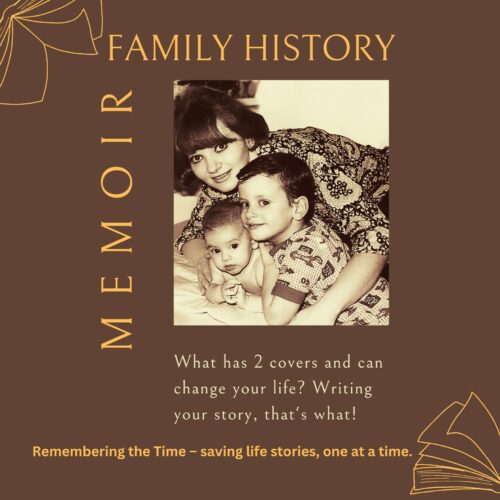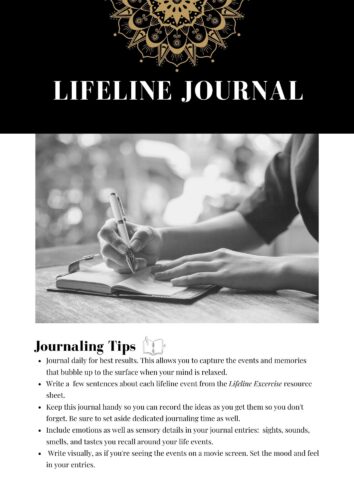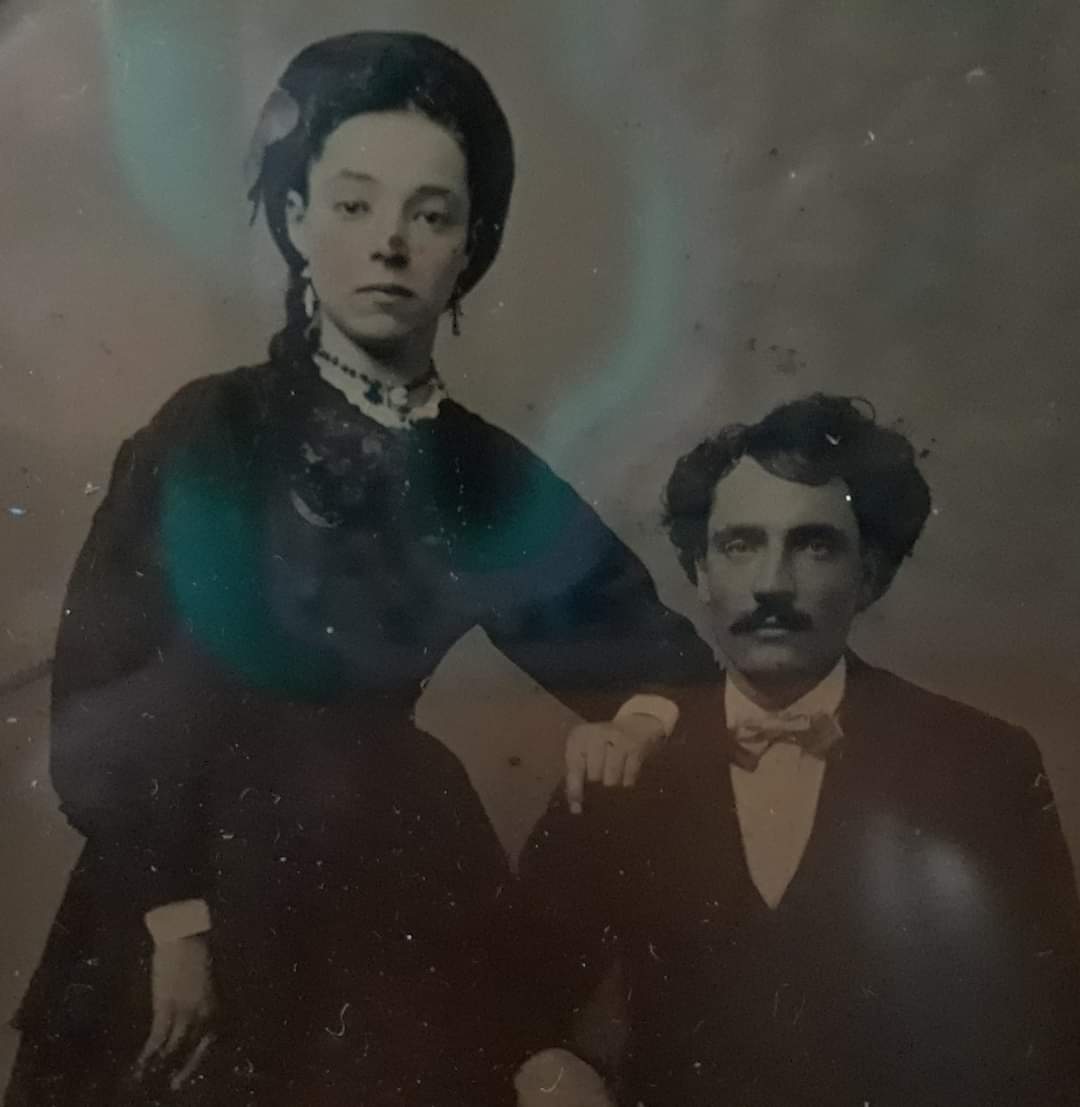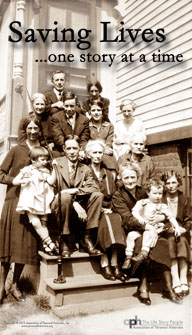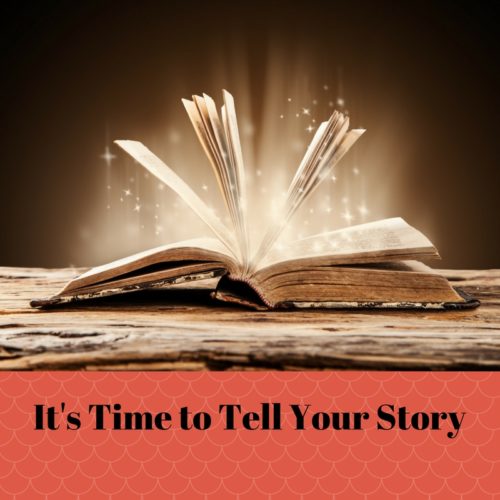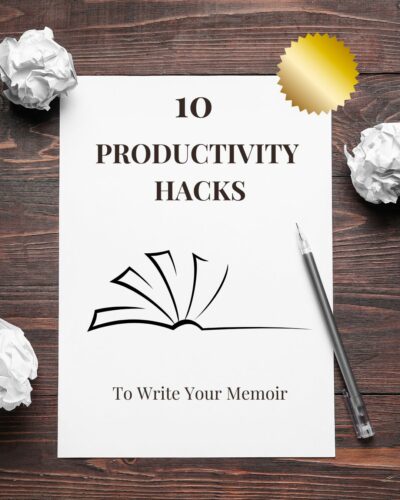
Writing your memoir can be a rewarding journey of self-discovery, a way to preserve your legacy, and a gift for generations to come. But let’s face it, the process can sometimes feel overwhelming. How do you capture a lifetime of experiences on paper? How do you stay motivated and productive?
Fear not! I’ve been there, coaching and guiding many memoir and family history writers. I’m here to share ten productivity hacks that may help you transform your memoir writing process.
1. Set the Scene for Success: Before you even pen down the first word, create a writing environment that inspires you. Is it a quiet room with a view, surrounded by photos from your past, or perhaps a bustling café and music that stirs your creative juices? Find that sweet spot where your thoughts flow freely.
2. Break It Down: Looking at your life as one giant narrative can be daunting. Break it into chapters or themes: childhood, education, career, love, and adventures. Doesn’t that feel more manageable? Tip: Organizing your materials can provide the creative structural boost you need. Set up a file folder system, both physical and on your computer.
3. The Power of Routine: Establish a writing routine that fits into your life. Whether it’s an hour each morning when the house is still quiet or a dedicated evening session, consistency is key. Make a date with yourself and keep it! What time of day do your words flow best?
4. Embrace the Digital Age: Use technology to your advantage. Voice-to-text software can be a game-changer, especially for those stories that are easier to tell aloud. Tip: Use the recorder app on your phone and “talk story” to yourself to grab those memories that pop up. You can transcribe it later. Digital journals and apps are designed to keep your thoughts organized.
5. Memory Triggers: Ever notice how a particular scent or song can transport you back in time? Use these memory triggers to your advantage. Be intentional about this. Play music from the era you’re writing about, or surround yourself with memorabilia from that time in your life. You can often find this in your memoir box collection (I mention this in my book:
Tell Your Life Story: 10 Tips and Techniques to Share Your Story
6. Set Micro-Goals: Writing a memoir is a marathon, not a sprint. Set small, achievable goals to keep yourself motivated. Maybe it’s writing a certain number of words each day or completing a chapter each month. Celebrate these milestones! Tip: Plan for the week, list commitments, and note time gaps (as the Brits say, “Mind the Gap!”) where you can fit in a bit of writing, and make appointments with yourself.
7. Join a Writing Group or a “Work Together Alone” Type Group: Sometimes, the journey is more enjoyable with companions. Joining a writing group can provide you with the support, motivation, and feedback you need. Sharing your progress and challenges with peers can be incredibly encouraging. If you prefer to keep your work private, these groups can still provide great benefits in their accountability factor.
Note: I host a Celebrate Storytelling Journaling Circle, which meets online once a week for 50 minutes. We write to personal history-related prompts and enjoy making progress together. Email me here to join: kray@rememberingthetime.net
8. The First Draft is Just That: Don’t get bogged down by perfectionism. Get that first draft of your story out of your heart and head. You’re the only one that knows it! Let those words pour out onto the page or into your voice recorder, no editing. Editing comes later.
9. Seek Inspiration: Whenever you hit a wall, seek inspiration. Read other memoirs, listen to podcasts about storytelling, or watch documentaries. Sometimes, a break to refill your creative bank is exactly what you need. Tip: Active rest and relaxation can provide a powerful boost to your writing practice. There’s something about movement, like a brisk walk through a beautiful location or enjoying a hobby that gets you up and going, that can help jumpstart your creativity. Sun and fresh air are terrific mental boosters.
10. Take Advantage of Idle Time: Waiting for an appointment? Picking a child up from school? Maybe your pony is in the stable waiting for an oil change? Use time snippets to chunk away at your writing. These microbursts also fuel your creative momentum, as each is a quick win that feels great. 15 minutes here and there add up to a lot of additional words and memories for your story.
Bonus Tip: Remember Your ‘Why’: On those days when motivation wanes, remind yourself why you started this journey. Is it to leave a legacy, heal from your past, or share your adventures? Your purpose can be a powerful motivator to keep you moving forward.
Talk to yourself like the successful writer you want to be. Embarking on the memoir-writing journey is a brave and beautiful endeavor. It’s about more than just documenting events; it’s about sharing the essence of your life’s journey, the lessons learned, and the wisdom gained.
With these productivity hacks, you’re giving yourself the gift of time, not just to write your memoir; you’re embarking on a journey of self-discovery and legacy-building. So, grab your pen (or laptop) and let’s make history–your history.
For more encouragement, inspiration, and practical tips for sharing your memoir or family history:
